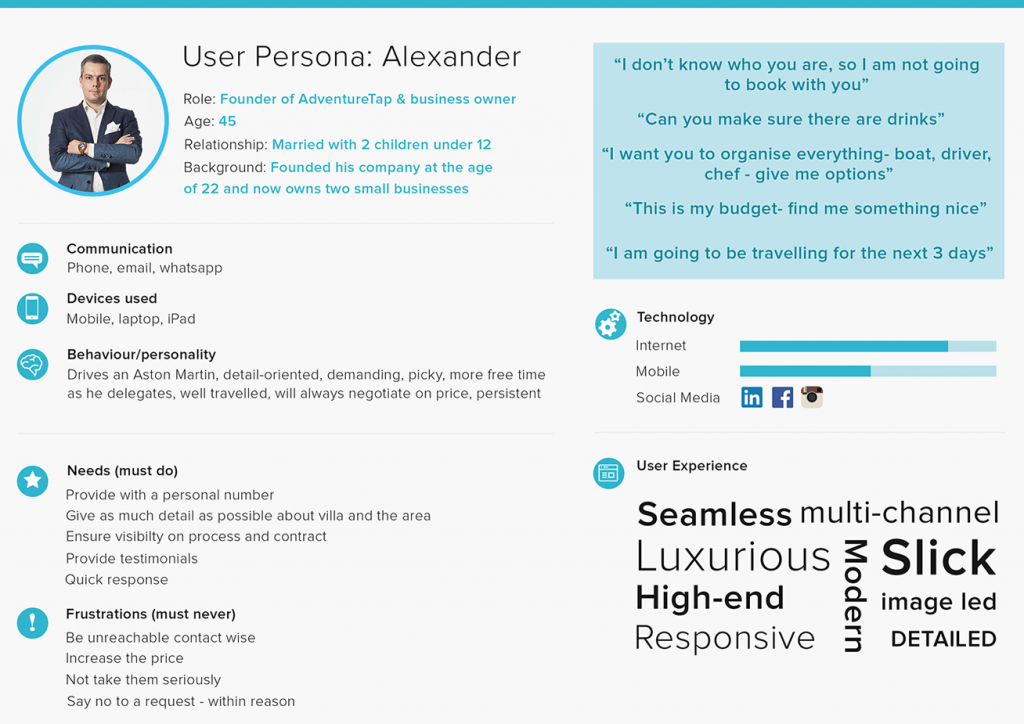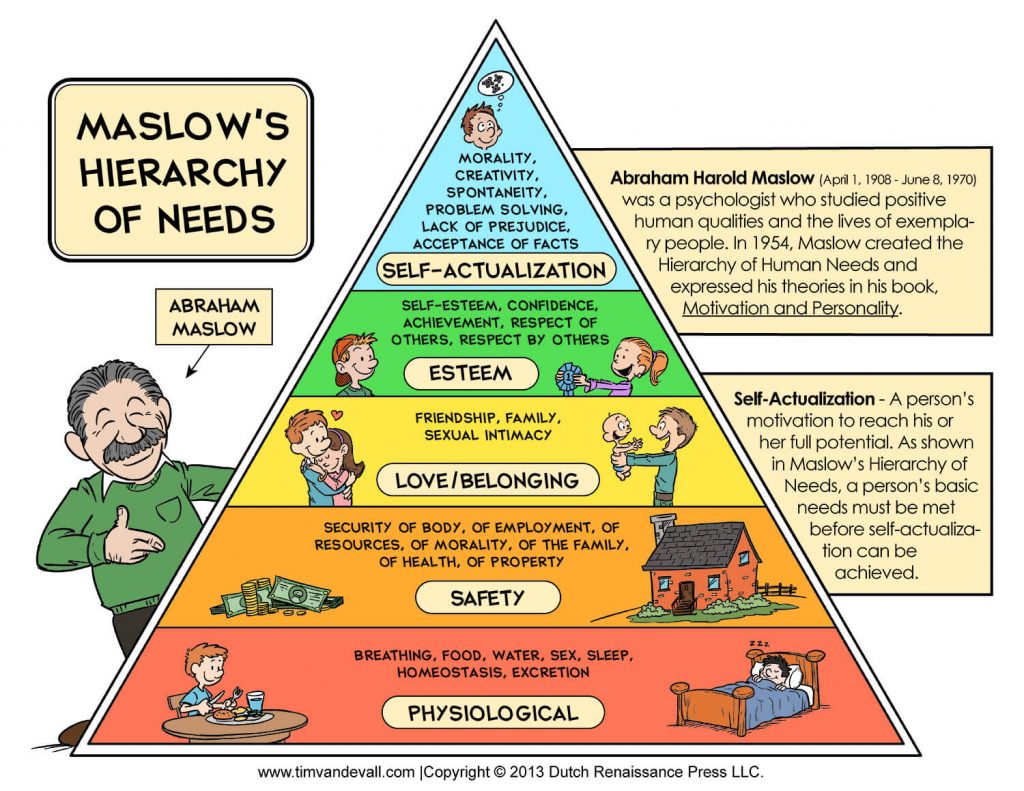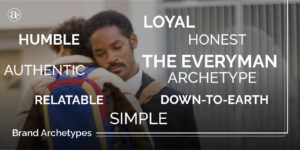Customer insights are a huge part of building a strong brand. By having a deeper understanding of your target audience you have a greater advantage over your competitors. By identifying who you serve best, you can serve them better than anyone else. Below I have outlined some methods, tools, and resources that you can apply to your business today to gain a better understanding of your target audience.
1.) Empathy

Empathy is crucial to understanding customers. It is about putting aside your preconceived assumptions in order to see, feel and experience things from your customers perspective. Through empathy you can understand their motivations, needs, challenges and preferences. Here are 3 ways that you can develop empathy for the target audience :
- Conduct Interviews With Empathy: Try interviewing some ideal customers. You can uncover their underlying needs by asking “Why” questions… without sounding like an annoying 5 year old. These questions can be grouped into themes and the answers can help you challenge your assumptions.
- The What-How-Why Method: You can observe a user while they are performing a task or using a product. Ask yourself what is the person doing? What is happening? The how refers to how the person does it. How is the person doing it? What is the emotional impact? The why refers to the emotional drivers and underlying needs behind what the person does and how they do it.
2.) Interviews and Focus Groups

The problem with interviews is that your customer may say things that aren’t always true. They might also forget things or have memory issues. But you can still use interviews to collect info on their background, objectives, motives and experiences. Interviews and focus groups are a great source of psychographic info on the target audience. You want to aim for open-ended questions when asking questions to uncover your customer insights on needs and motivations.
Focus groups are similar to interviews but can be more active and can have up to 5 to 10 people participating at the same time. They could go through a Q&A, fill in the blank exercises and other activities to help you uncover insights. The questions and activities are designed to reveal key points, themes, interesting quotes and questions people may have.
3.) Surveys and Questionnaires

Surveys and questionnaires may not even require you or anyone present. The participant can answer the questions wherever they are on their own time. This is also a great source of psychographic info to understand the hobbies, interests, preferences and lifestyle of the target audience.
Start by putting together a list of questions to help you collect the right info about your target customers. Below are some tools to help you structure a successful survey and get better insights:
- Survey Monkey: Is one of the most popular market research tools for conducting surveys. They also provide you with lots of helpful tips and support on how to use their platform effectively.
- Questionpro: Also has a free option and allows you to do unlimited surveys. It is used and trusted by some of the worlds biggest brands.
- Typeform.com: Allows you to structure questionnaires and email the links to your participants. They have a free version for less than 10 questions and fewer people per month. There is also a paid version with more features. It has a very user-friendly interface that can be tailored to fit your brands look and feel.
4.) Build Empathy with Personas

Personas aren’t only used by UX designers. Anyone can use personas as a way to empathize with their target customers. Personas may be seen as silly but they are actually quite scientific and add a personal touch to your research. You can discuss them during meetings or during design phases to make sure your decisions are focused on intended users.
- Personas are fictional target users your create. They usually include the name, age and photo which can be a drawing of your target customer. They also include the backstory, interests, behaviors, motivations and goals when they use your product or solution.
- Only the names and backstories are made up. The behaviors and needs are based on real research you collect about the target audience over time.
5.) Customer Reviews
Take some time to look at the customer reviews that your competitors have. This is an easier way to understand customer needs and see what your competitors are doing wrong. You can find these reviews on websites like Yelp and Google Business.
- Do you notice what people are dissatisfied with?
- What kinds of comments and reviews do your competitors tend to have?
- What do people emphasize the most? You will notice words that keep popping up in customer reviews. These words give you a better idea of what people like or dislike the most.
- How can you use these insights to improve the customer experience?
6.) Understand Motivations & Needs with Maslow's Hierarchy.

Maslow’s Hierarchy of Needs is a great tool for understanding how you can connect with customers on a higher level. Reflect on how your brand fulfills underlying needs and where it falls in on Maslow’s hierarchy.
- Physiological Needs: At the bottom are physiological needs such as eating and sleeping. A brand that taps into these needs would be one that sells food products or drinks.
- Safety Needs: The next on the hierarchy is Safety needs. This could refer to both healthcare and financial safety. If you can make customers feel safe and secure then your brand falls into this level.
- Belonging and Love Needs: The third refers to the need to connect with others and find intimacy. Some examples of brands that tap into these needs are social media and dating apps. This is where it becomes more emotional.
- Esteem Needs: The fourth refers to the need to achieve social status. Your brand could provide a self-expressive benefit in which customers feel proud to be associated with it. This is what luxury brands tap into.
- Self-Actualization: At the height of the pyramid is Self -Actualization. If your brand can tap into the need for creative expression and personal growth then you will create a more emotional connection. Through creativity you can make people feel empowered and through self-actualization they can find fulfillment.
7.) Market Research

This is usually more extensive, complex and costs more money. It is mostly for larger companies and bigger brands that need a larger scale of information. If you are a small business you could still find cheaper or free data and customer insights online that you can leverage. Below are some tools that you can use to inform your overall strategy.
- JWTIntelligence: is a great tool for finding consumer trends, global shifts and future predictions. Their trend reports section cover different topics from tech to culture and health. They also provide you with downloadable PDFs that are sometimes free but filled with helpful insights.
- Nielsen: Is a popular website for large scale market research. Some of their content is free and you can find relevant data on different customer types and demographics.
- eMarketer.com: is another option for quality data. They offer extensive research reports, charts, data downloads and more. If you are a small business owner then this might seem overwhelming and hard to understand but if you are working with marketers they should be able to help you interpret the data.
- The US Census bureau can be a great source of quantitative data and demographics. You can effectively use it to pinpoint and study your target market.
- The US Department of Commerce also collects a wealth of data on the nations population and economy.
8.) Understand the Digital Experience

Eye Tracking & Click Tracking
This is used to help you understand how customers interact with your website, digital product or platform online. The only problem is that it only reveals actions your users take but not why they take them. But it is still important to know what their attention is drawn to or away from on a page. Some great tools are crazyegg.com and clicktale.com.
Google Analytics
Google analytics provides you with a wealth of data to help you understand how users interact with your website. It provides you with demographic data to see where they are coming from. It compares new visitors to recurring visitors and tells you what device and browser they are accessing your site from. This way you can optimize accordingly.
The data tells you how much time they are spending on the site as well as what pages are attracting the most people. It tells you how they navigate through the site and you can also set goals and track how the site performs. You can see which of the visitors are organic or where most of your visitors are coming from. There is a variety of helpful information that you can access and if you don’t have google analytics connected to your site then you are certainly missing out.
In conclusion, you need a well defined target audience because if everyone is your customer then no one is your customer. Avoid making assumptions and falling into the same traps as everyone else. Customer insights can reveal huge opportunities and inform your overall strategy. If you enjoyed this article then you might also like my previous one 10 Branding Mistakes that entrepreneurs can avoid.






